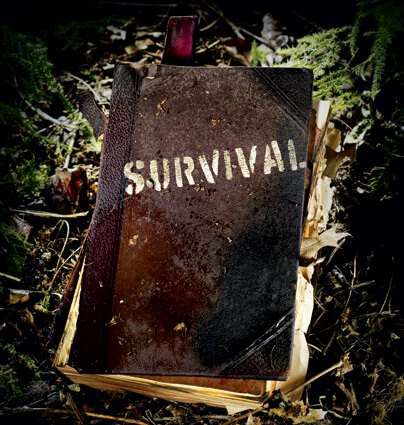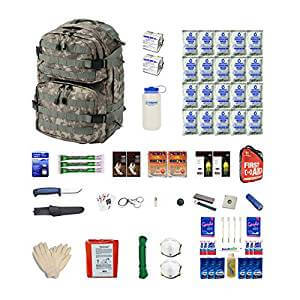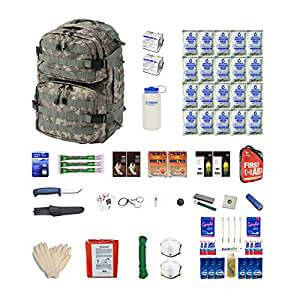Is it really wise to heed preppers and survivalists call to equip your home with a military survival kit bug out bag? Every survival handbook across the globe seems to agree that, indeed, being prepared for the inevitable is one critical key to preserving life even in the direst of circumstances. While the idea of stocking up on food, water and other emergency supplies at home is ingrained in your mind, the idea of taking flight in the middle of a disaster may leave you empty-handed– and this is where having a military-grade bug out backpack comes handy.

Source: sites.google.com
What’s In A Bag
The key idea of a survival bug out bag is this– having the essentials to survive at least 48 hours while out and about in the event of a disaster. From floods to earthquakes, hurricanes, tornadoes, or civil unrest, the idea of having a ready-to-go bag that contains everything you’ll need out there should be considered a priority. Keep in mind that time is of essence when evacuating. In fact, many instances call for “immediate evac” leading many to go empty-handed in evacuation centers.
But it’s not just any bag though. It must be convenient and easy to carry– and can accommodate all of the emergency items you’ll need like food, water and water filter, first aid kit, and survival wares to keep one’s body protected from the elements of nature. It must be roomy enough to give you a 48- to 72- hour window to survive but must be convenient enough to be dragged along.
The Zippmo Survival Advantage
When it comes to convenience and efficiency, one military survival kit bug out bag has always come highly recommended over the years– the Zippmo Survival Gear Emergency Kit 2. Designed with preparedness in mind, this mid-size premium military-grade bug out backpack contain essentials to keep you and a loved one alive in a 72-hour window. Yes, it’s equipped with the essentials for survival for 2 people.
So, what’s in this tactical water-resistant backpack? Basically, this bug out backpack is designed with survival in the harshest condition in mind. It comes with the following:
- Datrex emergency water packs
- Datrex emergency food packs
- Aquatabs (50-count) to sanitize water
- Ultralight Nalgene water bottle (16oz)
- 2 Water/wind-proof lightweight sleeping bags
- 2 emergency ponchos for rain protection
- 2 round-the-clock body warmers for cold protection
- 1 BRW tube tent for shelter
- 3 Snaplight 12-hour light sticks for emergency signal and protection
- 25ft paracord (550lb-grade)
- Magnesium fire starter
- Ring wire saw
- Mora Pro S survival knife
- LED mini flashlight
- 2 N95 dust masks
- 1pair industrial work gloves
The Zippmo Survival Gear Emergency Kit 2 also has an Adventure Medical 1.0 First Aid kit and a Zippmo Sanitary kit as well as a signal mirror, button compass and emergency whistle. You and a loved one literally have all your needs cover until help comes. With this, you can navigate, hunt, create shelter and make fire to keep warm when in the wilderness or when the situation demands for it.
A military survival kit bug out bag may seem like an absurd thing to prepare right now. But keep in mind that the world is changing. Weather systems can seem to change in the blink of an eye. Even the safest of neighborhoods can fall prey to predators looking for holes in society and unleash chaos. While today may sound like any other day, things can change in the blink of an eye. With that, it is wiser to have something handy to grab along when the inevitable happens. Keep one or two handy now!



